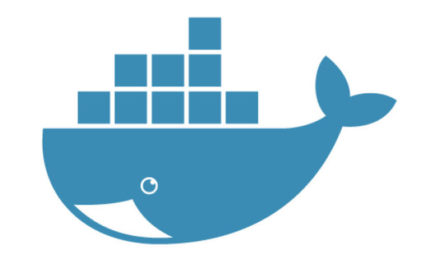The first step is to identify the workflow bottlenecks that prevent your organization from developing code more rapidly, and deploying it more frequently.
There are two main paths to identifying workflow bottlenecks. First: Just ask! Ask your team where things get bogged down as code advances through your development and production pipeline. Ask them to rate the severity of these bottlenecks, and identify the mission-critical ones. (If you’re doing Kanban, congratulations: You probably already have a good sense of your workflow bottlenecks.)
But the anecdotal approach isn’t enough. You also need to study your system logs. Learn which tasks and services are used the most and take the most time, which systems have the least availability, and so on. That will give you hard evidence of where your pipeline is working well, where it’s suboptimal, and where it’s failing. Just as important, you’ll have baseline data you can use to measure performance improvements moving forward—and pinpoint the parts of your pipeline that still need work. Combine the results of your anecdotal and data-based research to prioritize your tool needs.





